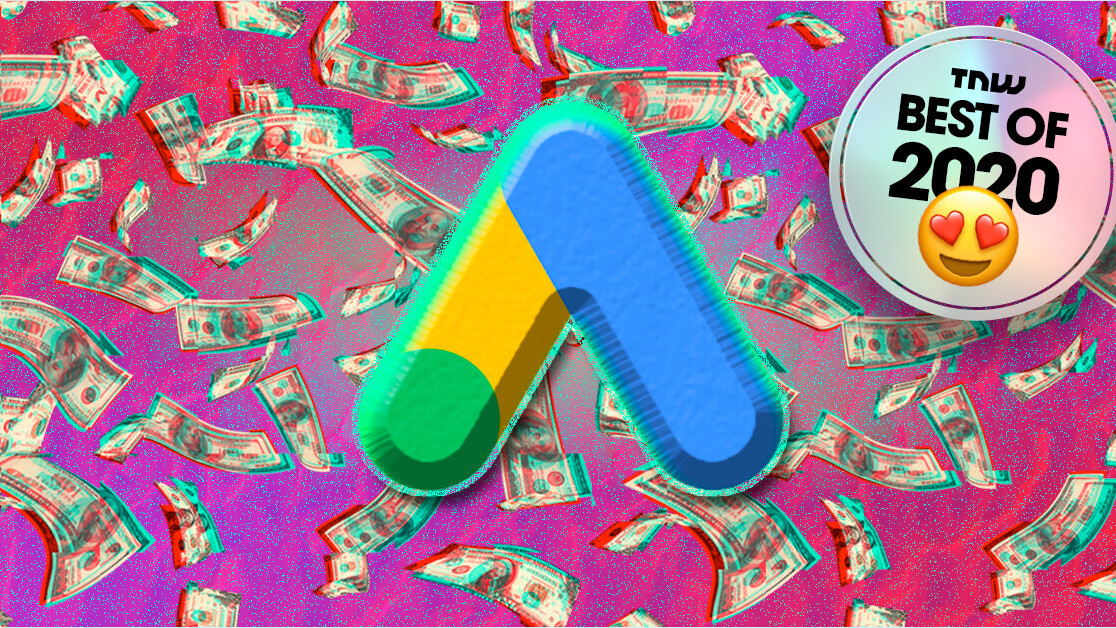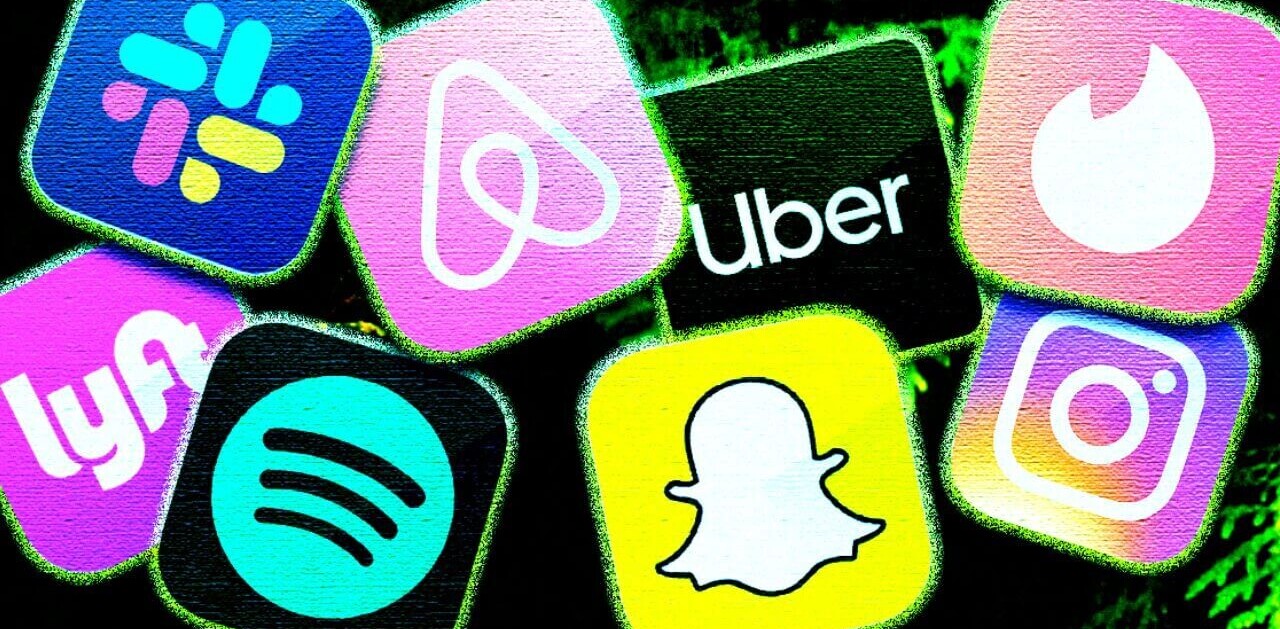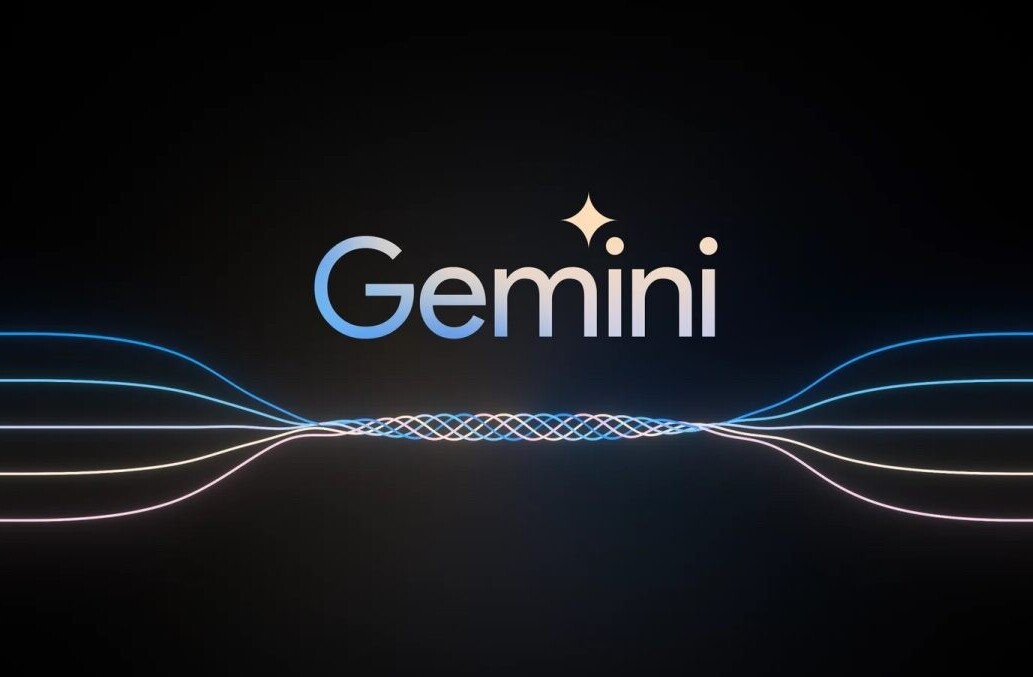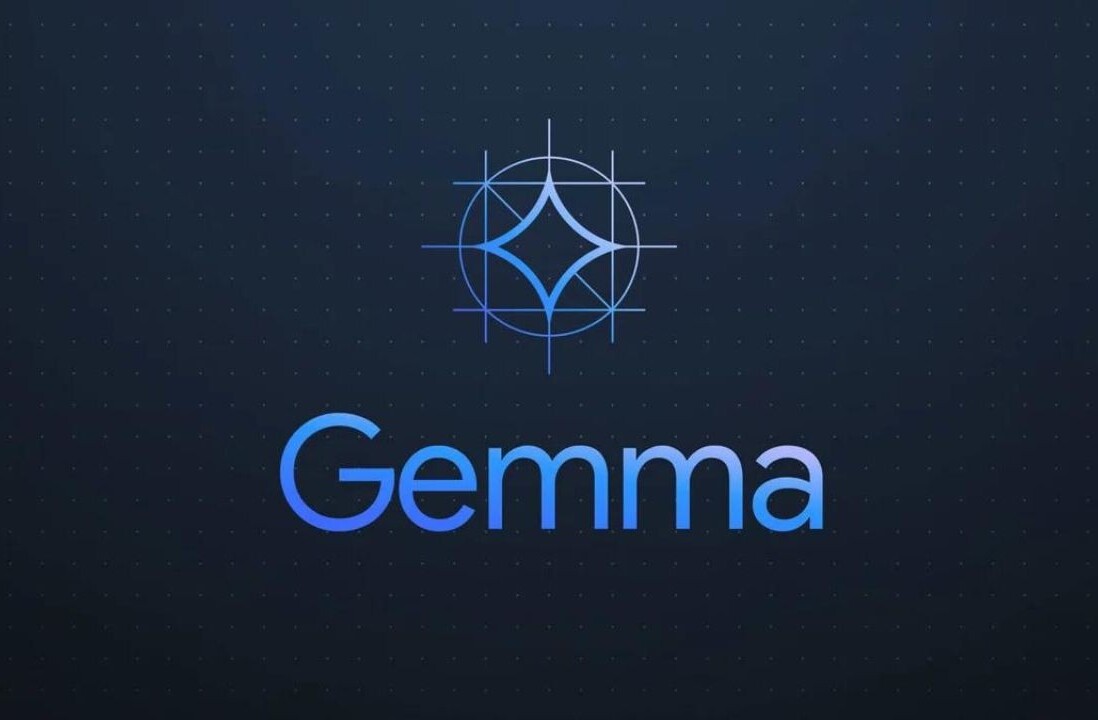
I had an unlimited budget. I could spend as much money as I wanted on whatever ads I wanted. But I had to be profitable. I was working in-house for a technology company. We had aggressive revenue targets and I wanted to play a major part in making that happen. I managed to grow ad spend from $3 million to $6 million per year because I found creative ways to profitably scale my campaigns.
I crushed our revenue targets. Here’s what I learned.
The creative is everything
This is true across every major paid media channel, be it Google, Facebook, Youtube, whatever. A good creative trumps everything else. No amount of planning, research, targeting, or audiences will have as big of an impact as your creative. A good creative will get you tons of clicks. There’s so much machine learning and AI built into digital ads now and they’re trained to look for early engagement signals.
The algorithms will start giving you an increasing amount of exposure because they’re trained to make money — and engagement makes money. The key to this step is to always test new creatives and find what works best for your company. For example, what didn’t work a year ago could work now, so don’t be afraid to revisit past failures and try to breathe fresh life into them.
If you’re struggling to create your own creative, draw inspiration from other industries. If you’re in e-commerce, a good step would to analyze what’s working well in the mortgage or auto insurance industry. Those highly competitive industries breed insane amounts of innovation because failure to innovate means falling behind the competition.
Creative fatigue is real and happens faster than you think, particularly on fast-paced content sites like Facebook and Youtube. People want to see something new, and your brand new ad is only new for a day.
The house always wins
I’ve sat through countless demos for all the major bid management platforms. Marin, Kenshoo, Quantic Mind, and more.
They’ll all try and convince you how they’re better at bidding than Google. But they all have one thing in common: they have really good marketing and sales teams who come up with all kinds of slogans, testimonials, and case studies. Their entire job is convincing marketers their systems can outperform Google.
One of their sales guys gave me this great analogy for Google’s Target CPA algorithm:
Target CPA is like buying a car and telling the salesman the highest price you’re willing to pay right at the beginning. Of course they’re going to sell you the car at that price, but you could’ve gotten it for less.
Technically true, but if you’re not using Target CPA, then you’re leaving conversions on the table. Google’s bidding solutions crush companies like Marin and Kenshoo for one main reason: Google optimizes at the search query level.
Every third-party solution can only optimize at the keyword level. It’s a limitation Google has built into the ecosystem; they have an inherent edge. Suppose a user is searching for new windows for their house. Your keyword is “home windows”. That keyword is what bid management tools will train their algorithms against. They’ll have you download a year’s worth of keyword performance data to train their systems.
Google looks at the specific search, which could be “home windows for the elderly” just as easily as it could be “home windows and doors”. Those are two very different searches. Google knows this; bid management systems don’t.
I tried out one of those major bidding platforms in a head-to-head test against Target CPA. We split our campaigns in a fair way, each had about half our budget and similar campaign types. The bidding platform didn’t even come close to Google’s performance on a broad match. They were pathetically bad in comparison. So bad that we started pulling campaigns back to Google after a few weeks. We ended up giving them a full two months to test, and they couldn’t beat Google in a single campaign.
They were better in Bing Ads, though, for what it’s worth.
YouTube is still a hidden gem
Creating YouTube ads is hard. You need experience making videos, complex software with a steep learning curve, and more assets. You also need audio, video, b-roll, animations. Or alternatively, you could pay an agency to make your videos or use an out of the box provider that does all the hard work for you.
Iterating on a video creative requires much more time than search or banner ads so the barrier to entry to Youtube Ads is higher. The difficulty and cost associated with creating video ads are exactly why YouTube is still a hidden gem. There’s tons of room for optimization, and if you nail the right creative you can get crazy good scale.
YouTube is also great for conquesting your competitors. In the SaaS space that I’m in right now, I pay over $20 per click to bid on my competitor’s search keywords. I get those clicks for less than $4 on Youtube.
The trick is using a “custom intent audience” for each of my competitor’s keywords. It targets people on Youtube who searched those keywords in Google in the last seven days. I can show highly targeted, relevant Youtube ads to those people at 1/5th the cost of search ads. Why wouldn’t I put a budget toward that?
Gmail Ads can scale
Gmail generated an incremental 10–20% net conversions each month on top of what I was generating in search — at comparable acquisition costs. That level of incrementally can make or break your revenue targets.
Gmail ads are unique in the Google ecosystem because they require two clicks: one click to open the ad like an email, and a second click to the website. Your creative needs to be on-point in two places:
- Intriguing the user to click on your ad in the first place
- Convincing them what you have to sell is worth exploring more to click a second time
Failure to realize the two-step thought process for Gmail ads is the most common mistake I see. Think about the user. Email is a very personal space that you’re intruding on. Your ad is sitting there among chain emails from Grandma, updates from groups they’re a part of, and marketing emails from The Gap. If you’re having trouble succeeding with Gmail ads, your creative is busted.
Succeeding in digital marketing is all about iteration. No strategy works forever and failing to consistently test is a recipe for failure. Creative is king. Embrace machine learning and automated bid strategies, especially Google’s Target CPA.
This article was originally written by Nick Lafferty for Better Marketing, a publication providing advice that works and covering digital and social media marketing, tools, and case studies. You can read the original article here.
Get the TNW newsletter
Get the most important tech news in your inbox each week.




